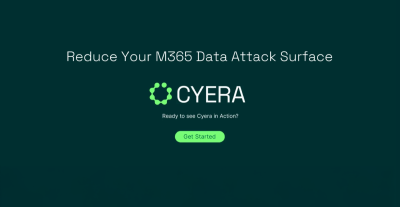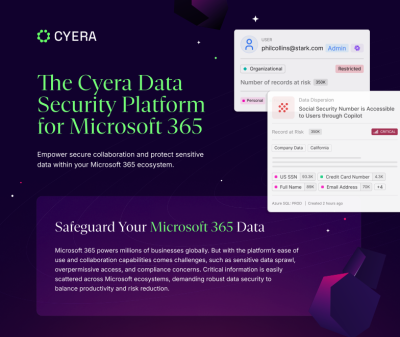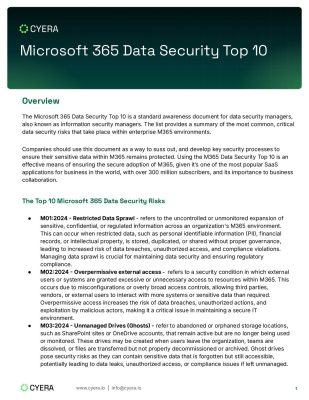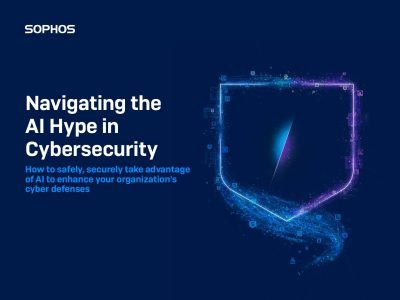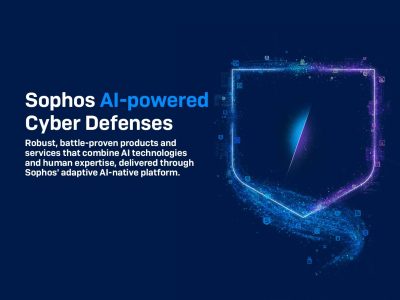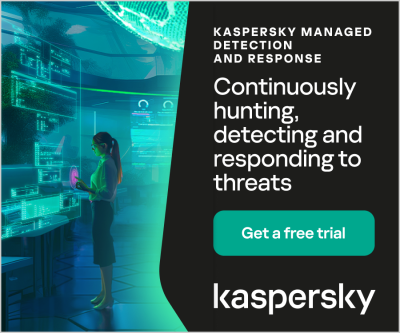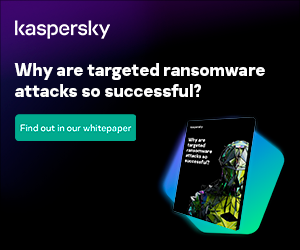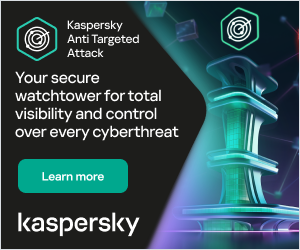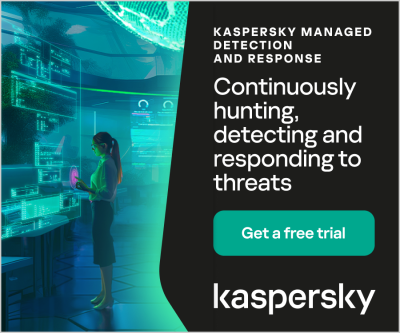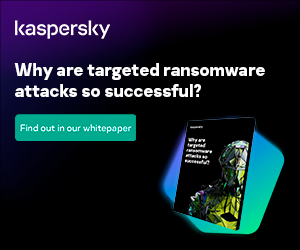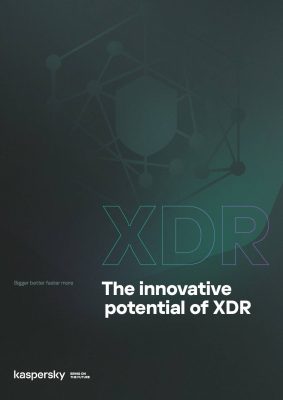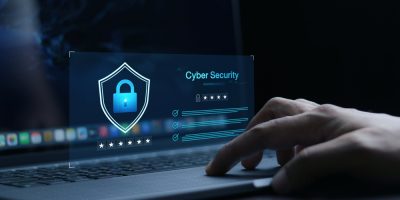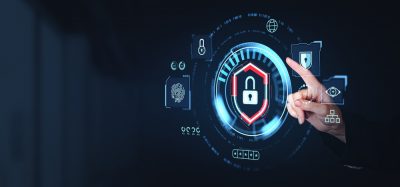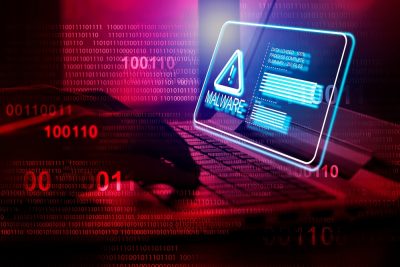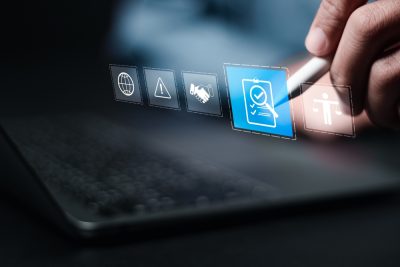Highlights:
- Customers can quickly get answers to open-ended inquiries about their business ecosystem, including vendor details, using the GPT-4 integration, which helps them make risk management decisions.
- SecurityScorecard also highlighted a number of strategic product and service enhancements that are now generally accessible to clients in addition to the addition of GPT-4 integration.
The GPT-4 from OpenAI LP has been integrated into SecurityScorecard Inc.’s security platform, making it the first security ratings platform to do so, according to the company’s recent announcement.
The GPT-4 integration with SecurityScorecard’s security ratings platform news, which was announced at the RSA Conference 2023 in San Francisco, gives the service the ability to comprehend natural language processing. Chief information security officers and cybersecurity professionals can more quickly determine their cyber exposure and where their security weaknesses are by using natural language queries.
Customers can quickly get answers to open-ended inquiries about their business ecosystem, including vendor details, using the GPT-4 integration, which helps them make risk management decisions. The AI-powered search applies to all monitored organizations and saves a lot of time by eliminating the need for human data analysis. The feature employs GPT-4, which allows it to learn and adapt over time to match users’ demands better.
Aleksandr Yampolskiy, Chief Executive and Co-founder of SecurityScorecard said, “Our team members are squarely focused on driving innovation that helps our customers increase cyber resilience in the face of global threats. It’s that commitment that has led us to put game-changing AI technology in our customers’ hands, enabling them to be more proactive, move faster and be more strategic for their organizations.”
Even if generative AI is becoming increasingly prevalent, some of the sample use cases are intriguing.
Customers of SecurityScorecard can now ask open-ended inquiries about their supply chain, such as “Find my 10 lowest-rated vendors” or “Show me the critical vendors that were breached in the last year.” Without the aid of AI and GPT-4, they would have had to wait considerably longer to make risk management decisions, but now they can do so due to the produced findings.
SecurityScorecard also highlighted a number of strategic product and service enhancements that are now generally accessible to clients, in addition to the addition of GPT-4 integration.
The first option on the list is Score Guarantee, which provides digital forensics and incident response services to qualified customers who maintain an A-grade if they experience an event. With a broader evidence collection and a more straightforward visual representation of compliance readiness, a second new edition called Compliance Readiness Assessment offers a more effective audit of regulatory requirements.
The next on the list, Automatic Vendor Detection, aims to make it simpler to search for potential problems or occurrences that haven’t been patched across a variety of businesses. Using the service, organizations can more accurately understand and evaluate their exposure to systemic cyber risk.
Another recent offering, dubbed Attack Surface Intelligence, offers many stakeholders a one-stop shop for quickly and easily building queries that shorten investigation and correction timeframes to lessen exposure to cyber risk.
Finally, Risk Control for Cyber Insurers notifies vulnerable organizations via targeted and customized alerts to critical security issues. Even in the face of growing threats and quickly shifting security postures, Risk Control is stated to empower insurers in preventing security incidents.
Sam Kassoumeh, Co-founder and Chief Operating Officer of SecurityScorecard, reported the company’s real-time assistance in quantifying cybersecurity risks and weak points.
Kassoumeh stated, “We’re in the business of really building solutions for customers. We mine the data from dozens of digital sources and help discover the risks and the flaws that are inherent to their business. And that becomes increasingly important as companies grow and find new sources of risk and new threat vectors that emerge on the internet for themselves, their vendor, and their business partner ecosystem.”
